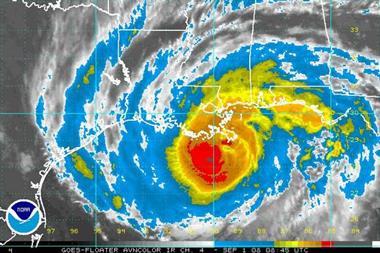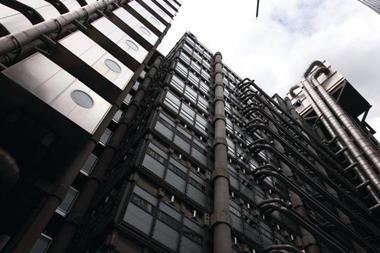Average rise of 8% hides cuts or low UK rises with US hikes
High catastrophe losses and the credit crisis pushed property catastrophe reinsurance renewals up 8% in January, according to the Guy Carpenter & Company’s report Cats and Credit Push Prices Up: Global Reinsurance Review.
UK rates were among the lowest with some dropping as much as -2.5% and the highest risers only up 5%.
“Price increases at the January 1, 2009, renewals have been tempered by large capital positions, which have enabled carriers to absorb the year’s losses, but the marketplace remains highly volatile,” said Chris Klein, global head of business intelligence. “We have seen wide differences in pricing, dependent on a number of factors, such as loss history, geography, and line of business. At the same time, the expectation of another above-average storm year and the ongoing credit crisis underscore the need for disciplined capital management in the coming year.”
“Though the financial catastrophe has affected pricing, it has been less extreme than might have been expected,” said Klein. “In the end, effective risk and capital management practices have enabled the industry to absorb the shocks of 2008 effectively.”
Among the major findings:
- The 8% increase was substantially lower than the increases that followed disasters such as Hurricane Andrew in 1992, the terror attacks of September 11, 2001, and Hurricanes Katrina, Rita, and Wilma in 2005.
- For the United States, rates rose on average by 1%, but there were
- wide variations dependent upon loss experience and zone.
- Continental Europe remained relatively stable, with rates increasing between 0% and 10% on a risk-adjusted basis.
- Rate changes in the UK ranged from -2.5% to 5%.
- Casualty reinsurance pricing grew 5% on average, with a notable lack of capacity. A number of programs could not be placed at any reasonable rate. Reinsurers were unwilling to support new capacity in order to keep reinsurance rates from dropping.
- The lines of business most directly impacted by the credit crisis – such as errors and omissions (E&O) and directors and officers (D&O) – experienced the greatest difficulties at renewal.
- 2008’s later-than-usual treaty retrocession renewal saw reduced capacity and higher prices. The market was constrained by an inability to replenish balance sheets as a result of the financial catastrophe, as well as the withdrawal of major players from the market. As a result, the upward pricing reaction was more pronounced than in other sectors, and capacity for losses related to Hurricane Ike was scarce.
- A number of reinsurance buyers sought 2009 capacity in the form of Industry Loss Warranties (ILW), as early as October 2008. Several major purchases led to higher prices, as carriers increasingly looked to replace catastrophe bond capacity with ILW cover. Higher demand and a limited ILW capacity are likely to continue into 2009.
- Marine rates rose 10% - 15%on average (risk- adjusted), while offshore energy pricing, particularly in the Gulf of Mexico, was substantially higher. The aviation renewal showed little change, with pricing stabilising.
Hosted by comedian and actor Tom Allen, 34 Gold, 23 Silver and 22 Bronze awards were handed out across an amazing 34 categories recognising brilliance and innovation right across the breadth of UK general insurance.











































